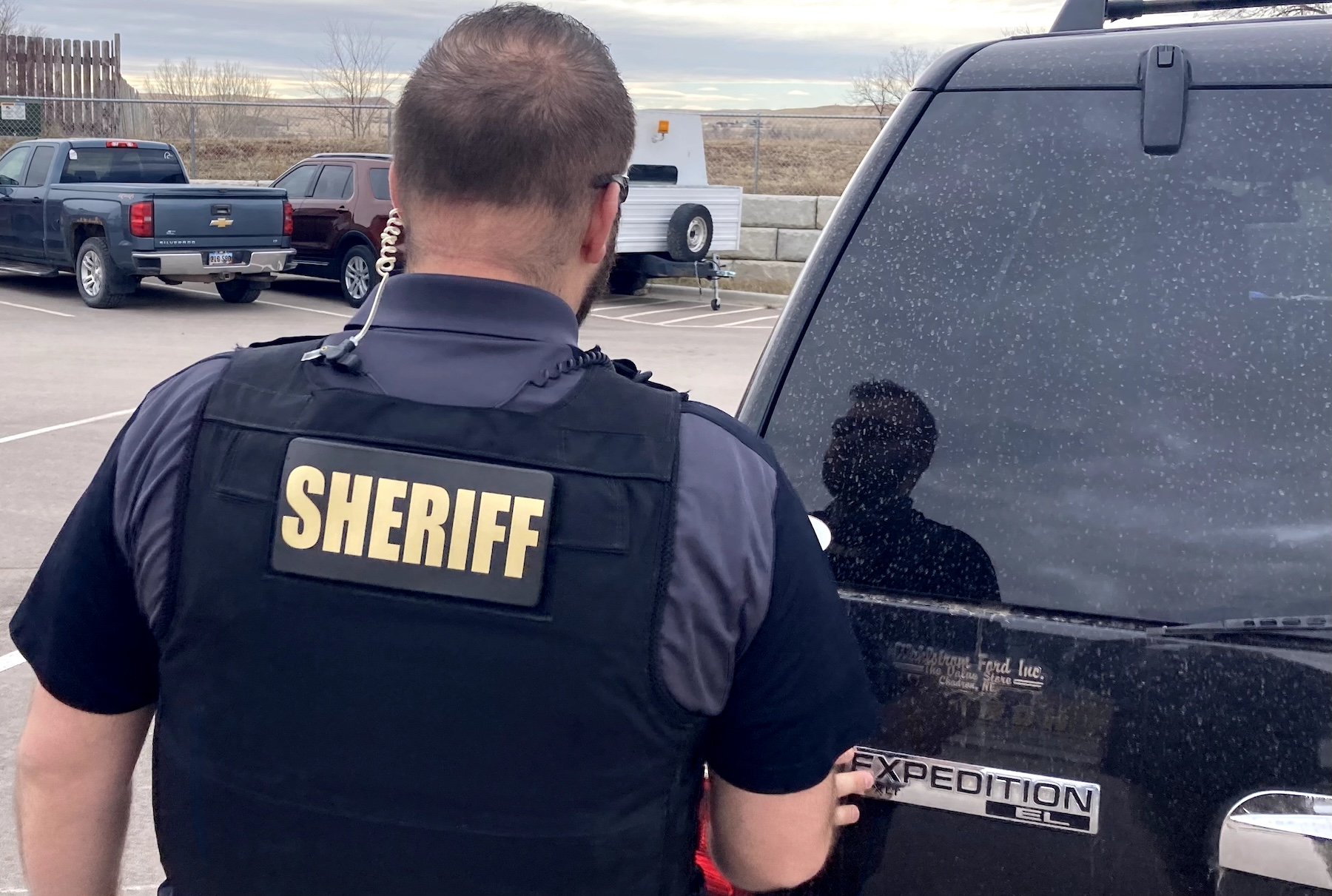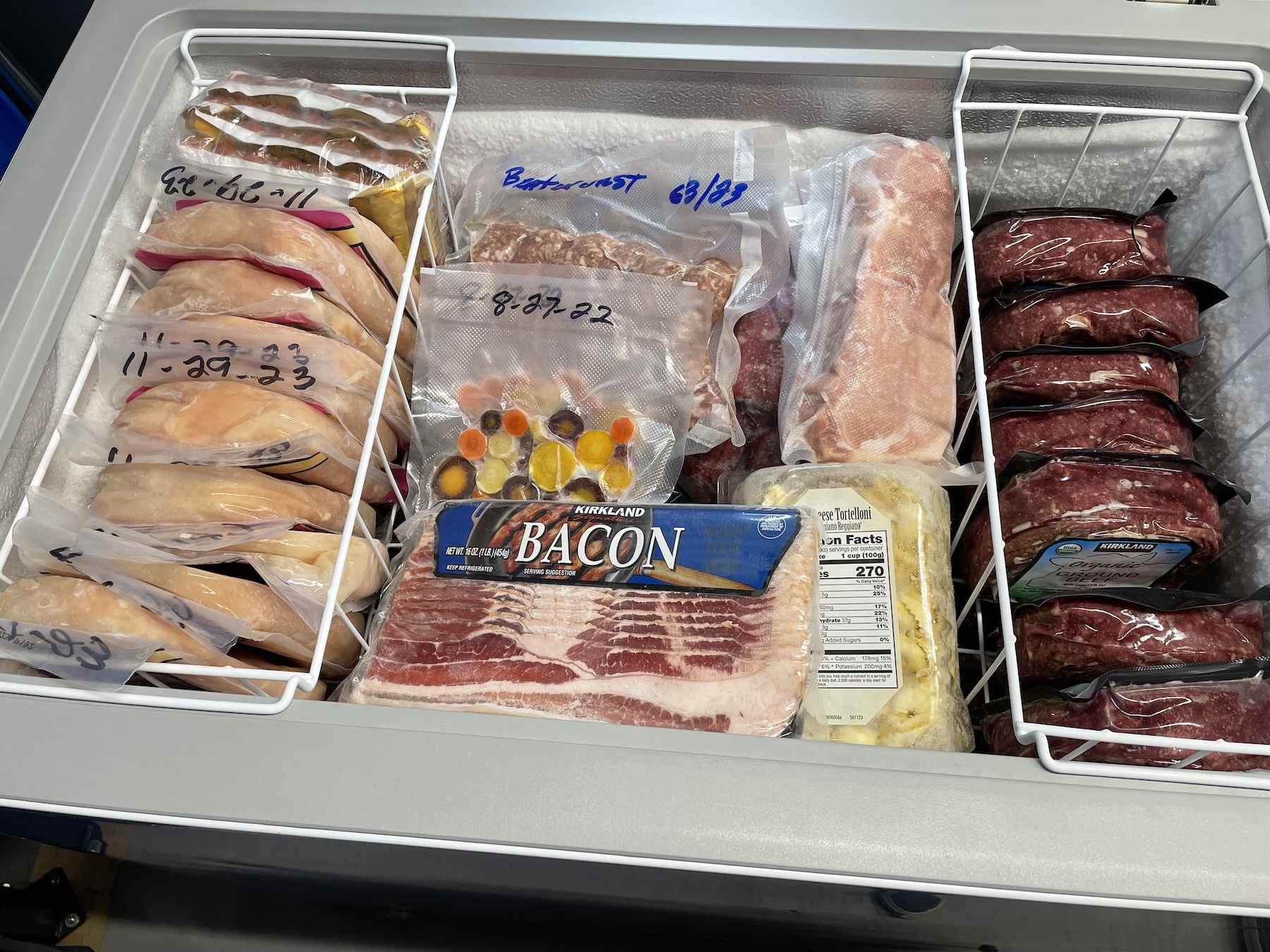
Amer Cop 1 Revised
Organizing, labeling, dating and rotating food is a top priority. In the long run, it will save you big money and help you avoid waste. But more importantly, it will help you keep track of what you have and what you may need. This process will also ensure that your food stores are current when you need them the most. Staging similar items, in date order, provides easy access to the most often used items, and ensures that you’ll take full advantage of the first in first out (FIFO) method.
Having a system for organizing and labeling your inventory of food, water, gear, supplies, and kinetic “tools” is a key component of any viable survival plan. However, many preppers, even those with years of experience, sometimes neglect this process.
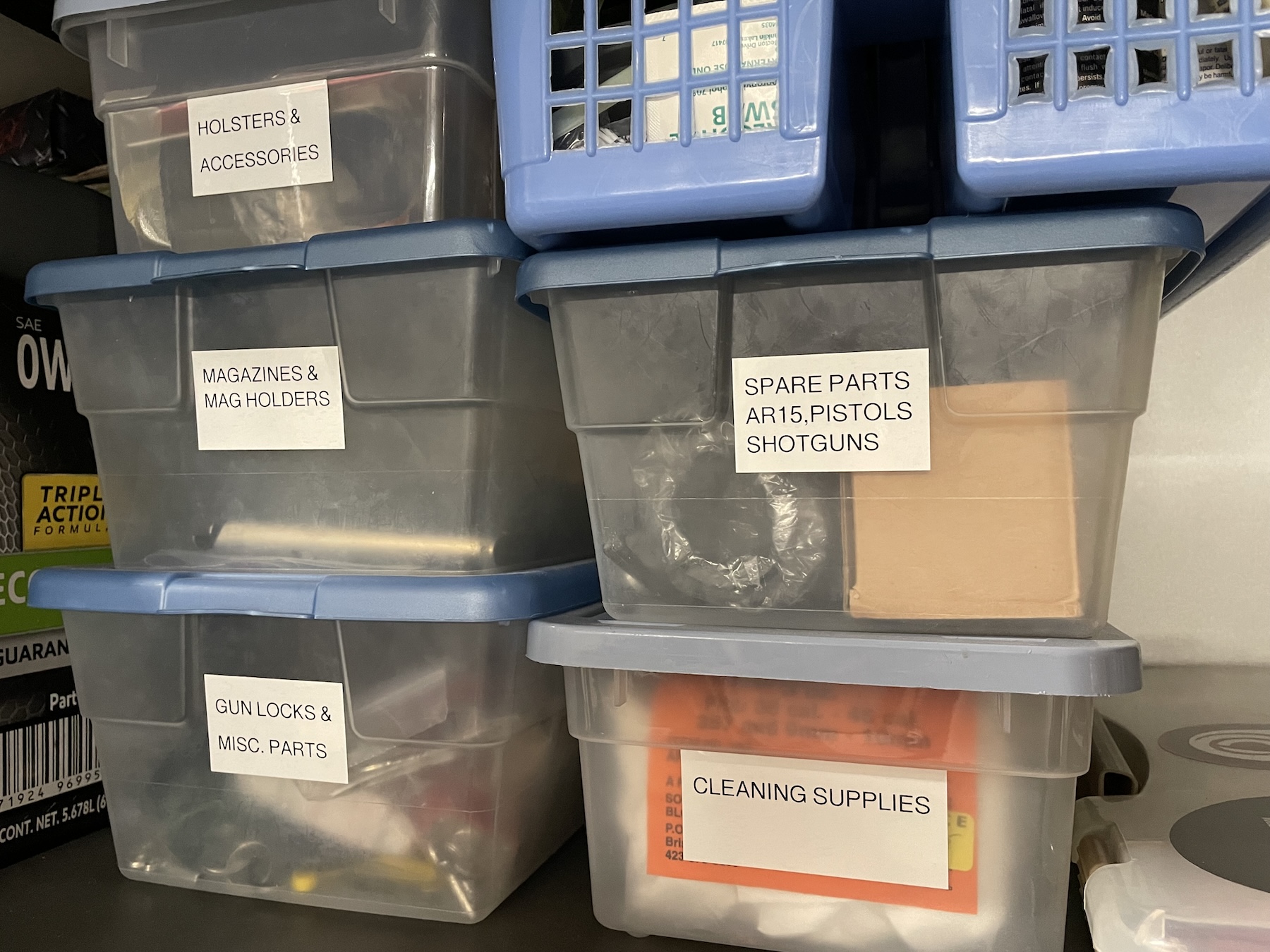
Security and self-defense are a top priority in any viable survival plan. Having the tools, accessories, spare parts, and supplies to keep all your kinetic tools in proper working order is important. Being able to quickly identify and access these key components is priceless.
In this article, we cover some simple strategies to help you inventory, organize, and label your preps, effectively manage your supplies, and ensure you’re making the most efficient/effective use of your efforts and your prepping budget.
Have a Plan:
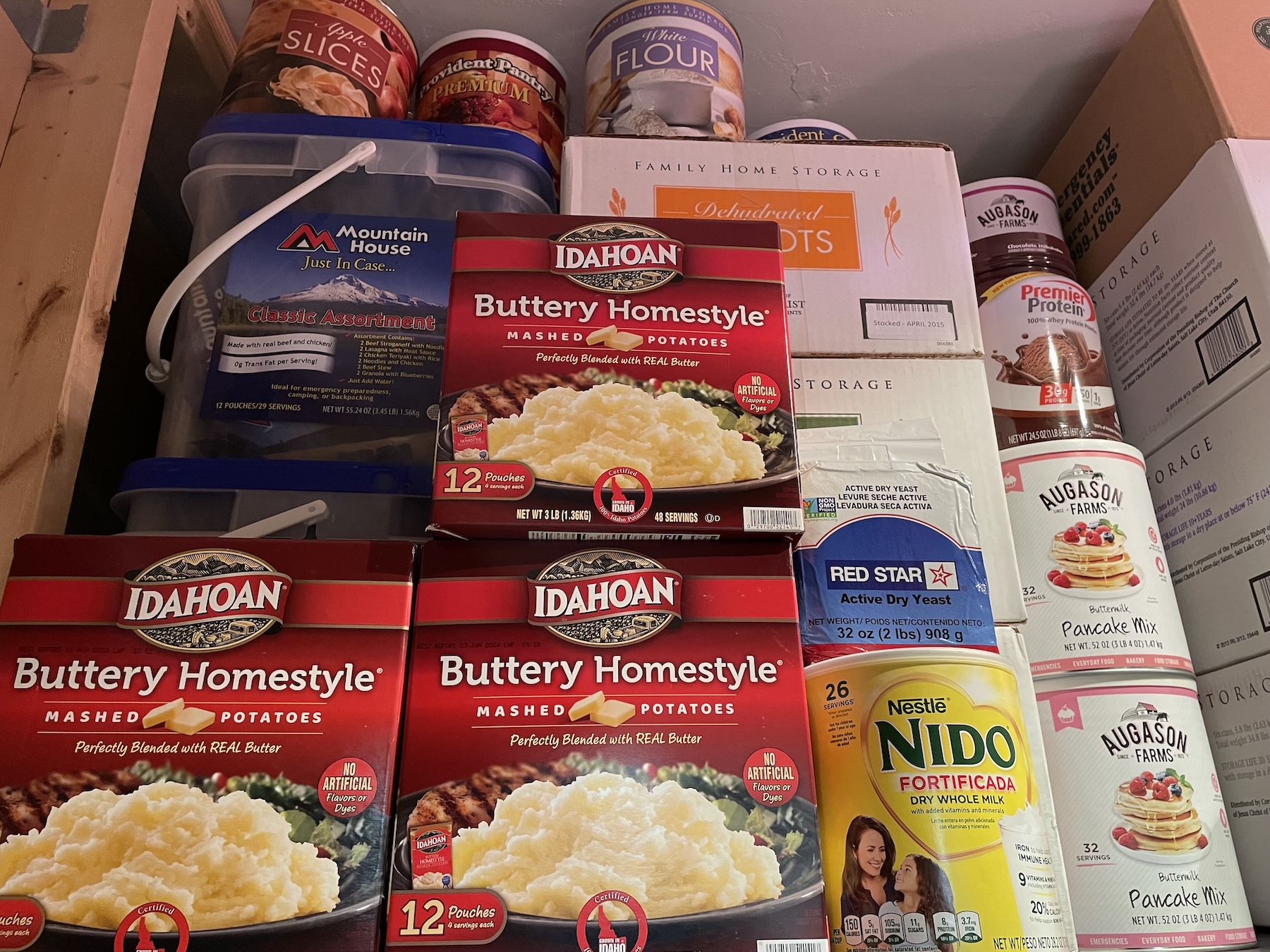
Store freeze dried and dehydrated foods together. This is your long term storage and should be kept in a cool dry place away from heat, humidity, sunlight and critters. Label and date your boxes to assist with rotation and inventory. Position the newest items in the back, and the oldest upfront. Since these are not items you use every day, they don’t need to be positioned within easy reach. Save your easily accessible storage space for more commonly used items.
I recently set about to rotate my gasoline supply. (I always date my gas cans and calendar the rotation period so that I’m reminded when it’s time.) As I opened the cans, I noticed that some of the rubber gaskets needed to be replaced. Luckily, I had previously bought extra gaskets. I looked for the replacement gaskets but couldn’t find them. Two hours later, and still no gaskets; now I’m getting annoyed. Eventually, I just gave up and ordered a new set.
A leaky gasket may not be the end of the world, but what if you’re in the middle of some crisis, and you desperately needed some item(s) (that you knew you had) but could not find? And what if, during that crisis, you didn’t have the option to order another one or run to the store? As I sat there being tortured by the missing gaskets, I realized that this was one of those moments that should make us all stop and think. I needed to do better. No matter how well you plan, how many supplies you purchase, or how much gear you have (or think you have), it’s of little value if you can’t get your hands on it when you need it most. We all need a system to help us get our preps organized and keep them organized.
Organize, Inventory, and Label:
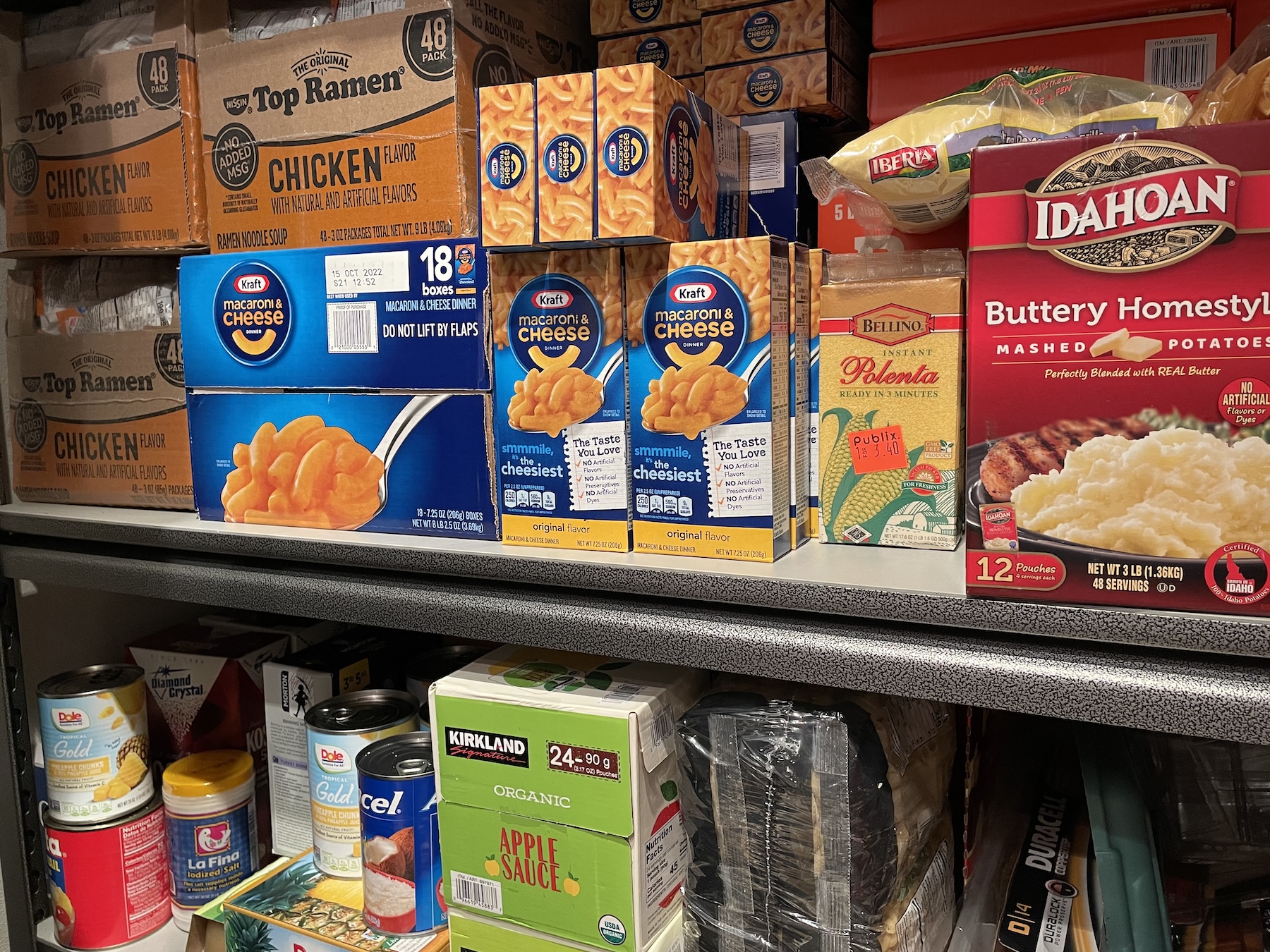
Commonly used items, and other more perishable goods, need to be rotated out more often than the long-term food stores. Have a system to identify what you have, and also to flag what you may need to use soon or replace. Dates matter. Keep track of expiration and “best by” dates when you position your food items.
Organizing your preps is a process that takes time and effort, especially during the initial stages. But, if done properly, the results are well worth it. Not only will you have a much better handle on your preps, but you’ll know where to find what you need quickly and efficiently. You’ll also make it far easier for family members or others in your group to find what they need if you are absent or unable to provide guidance or direction. Proper organization will also serve as a basis for:
- Inventory management of all your preps, gear, and supplies. Maintaining an accurate assessment of your preps will help you make key decisions.
- Buying and restocking efforts. Deciding what to buy and when to buy it will be far easier if you know exactly what you have and what you need.
- Rotating supplies. Rotating your supplies will not only ensure your stocks are kept fresh but also help you save money and avoid unnecessary waste.
- Labeling your preps. This not only helps keep you organized, but you’ll always know where to find your stuff.
Getting Started – The Organization Action Plan:

Over the counter meds (OTC) need to be stored properly. See-through plastic bins are ideal, especially when labeled. Store similar items in the same bin, and segregate smaller items and liquids in plastic, sealable bags.
Here are some key points to help you get started.
- Don’t try to do it all at once; remember that your goal is to get and stay organized, and for that, you need a system. Break it up into manageable chunks and make a list of what needs your attention. Tackle one segment at a time, and document your efforts in plain, simple language.
- Consider buying all the supplies you’ll need in advance. I recommend getting a label maker, see-through plastic bins with lids, markers, self-locking plastic bags, a vacuum sealer with different-size bags, a thermal laminator for protecting your inventory lists and other documents, and some smaller plastic boxes for items that require less space. To this list, add whatever else you think you may need for your circumstances.
- Create your own system. What may work for me may be totally wrong for you. Develop a routine that you can follow so that you get organized and stay organized. It makes no sense to organize your preps in a way that requires more time and effort than you’re able to give since you’ll need to rotate supplies and adjust your inventory every time you make a significant new purchase or as you consume your supplies. Keep it simple and easy.
- Maintain a current list of all your supplies and where they can be found. This list should serve as a roadmap for family or other members of your group so they can quickly find whatever they’re looking for. Your list must contain simple information/instructions regarding what you have and where it can be found. (Example: First Aid Kit/Supplies – “A basic first aid kit is located in the hall closet. Next to this is a burn kit and a trauma bag. Additional first aid supplies are located in a plastic bin labeled “First Aid,” which is located in the spare bedroom.”) Laminate this list, keep it handy, and update it as necessary. Make sure all family/group members have access to this information. Date your revised list/inventory/instructions so that you’re always working with the latest information.
- Include your family or group members in your preparedness efforts. While it’s good that you provide your family with a list, instructions, and labeled supplies, it’s much better if they’re active participants in acquiring, storing, organizing, rotating, and labeling those supplies. That way, they’ll have an increased level of familiarity and understanding with all the preps.
Wrap-Up
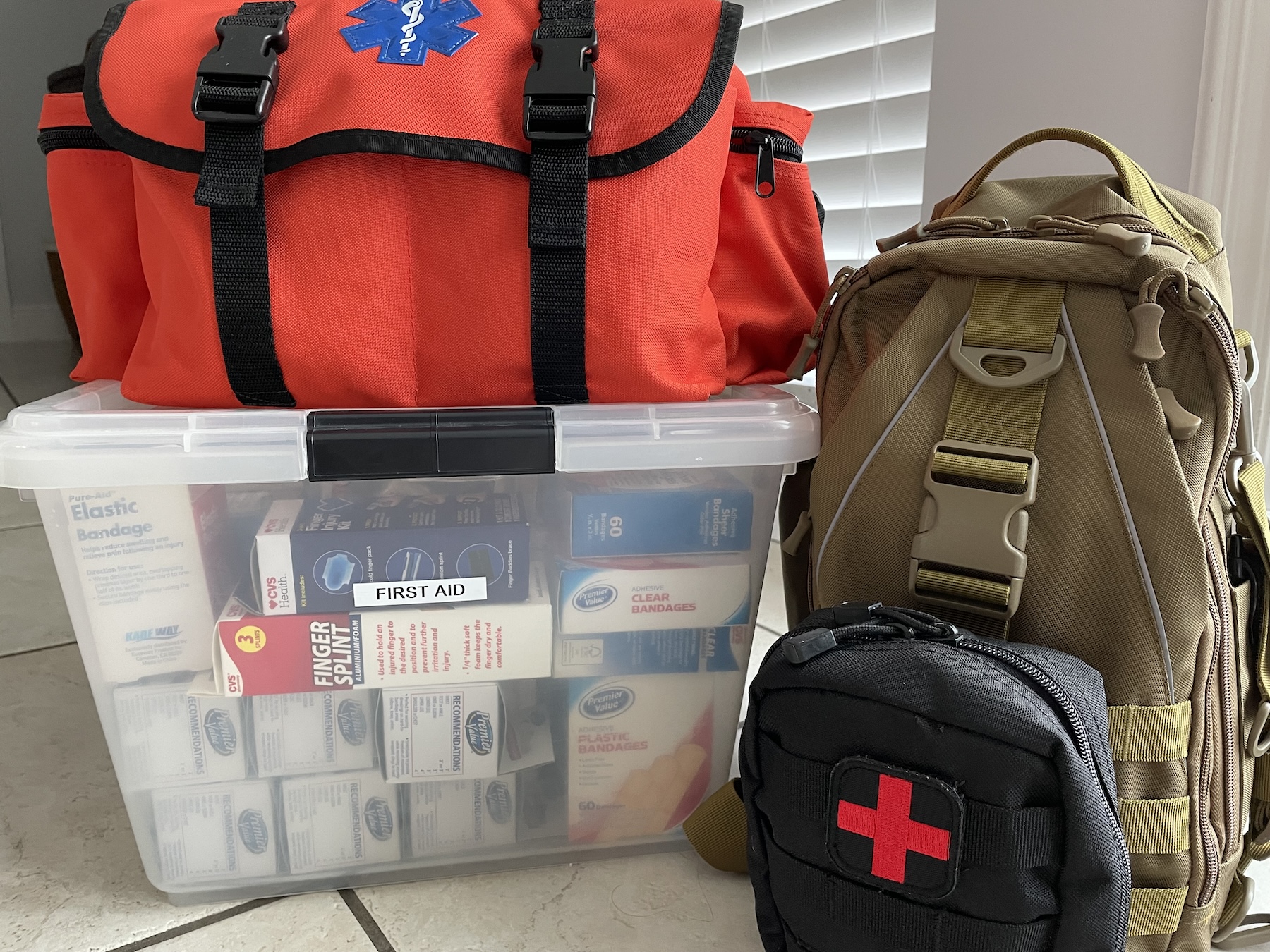
Maintain a fully-stocked first aid/trauma kit within easy reach for emergencies, but you’ll also want to organize and label your secondary first aid items. The last thing you want is to lose track of essential items when you need them most.
Having the proper supplies, gear, and equipment is only half the battle. You must keep a detailed inventory of what you have and where your inventory is stored to facilitate quick and easy access to these all-important items. Having something and not being able to find it is as good as not having it at all.
Keeping all your preps organized and easily accessible will allow you to make the most of your preparedness efforts, will save you time and money, and may one day help save your life.
About The Author
Richard is an attorney, an urban survival consultant, writer, firearms enthusiast, and freedom loving American patriot. He’s the author of Surviving Doomsday: A Guide for Surviving an Urban Disaster, and The Quick Start Guide for Urban Preparedness. Richard’s books are available at Amazon and other fine retailers. You can connect with Richard on Twitter @SurvivingDoomsd
DISCLAIMER
The materials provided are for illustration and/or informational purposes only. Any use of the information contained in this article shall be solely at the reader’s risk.














